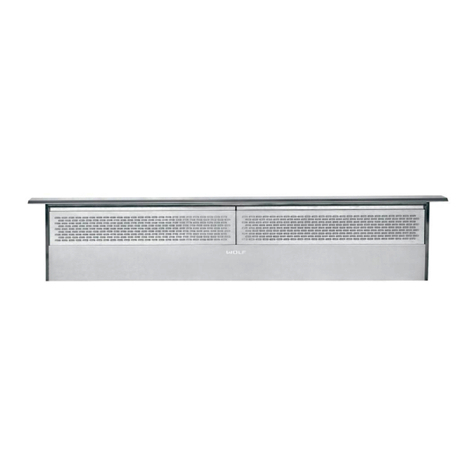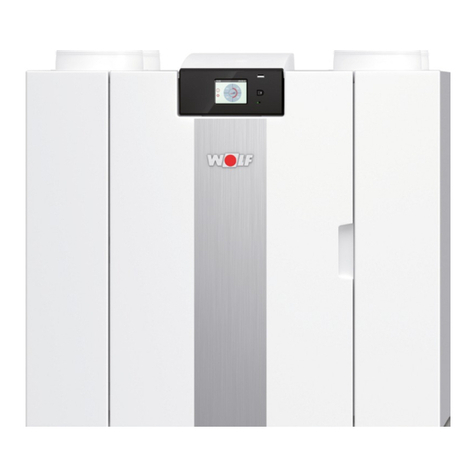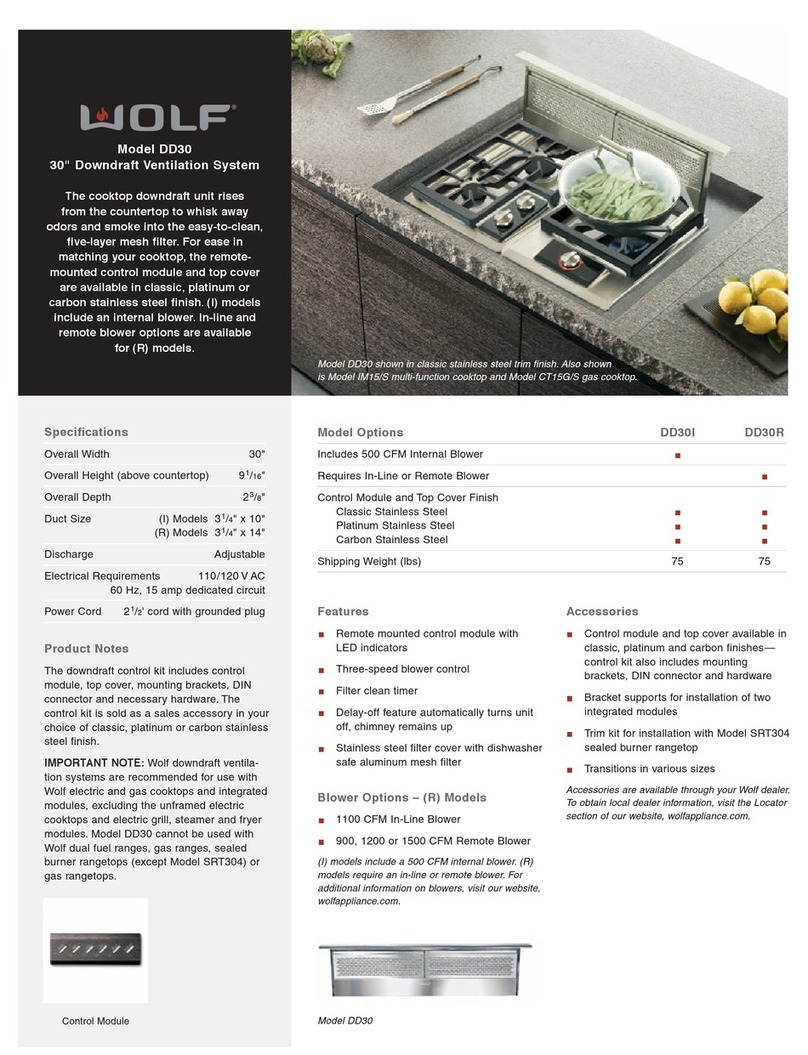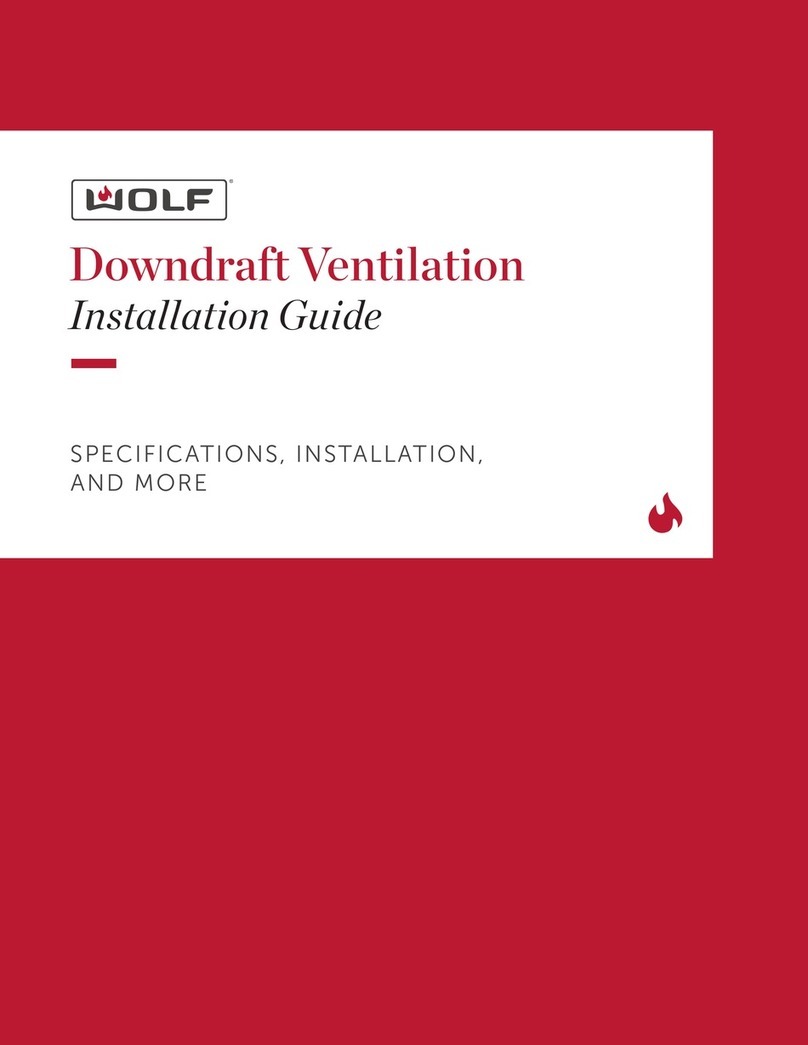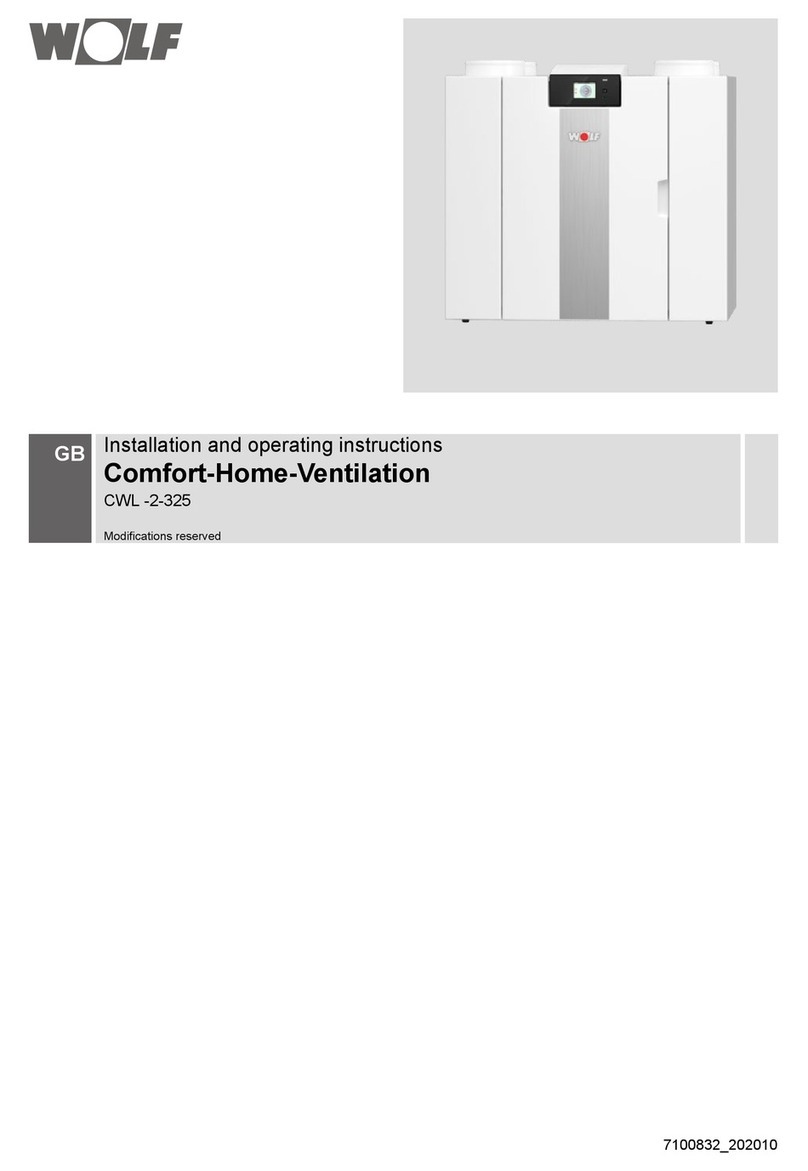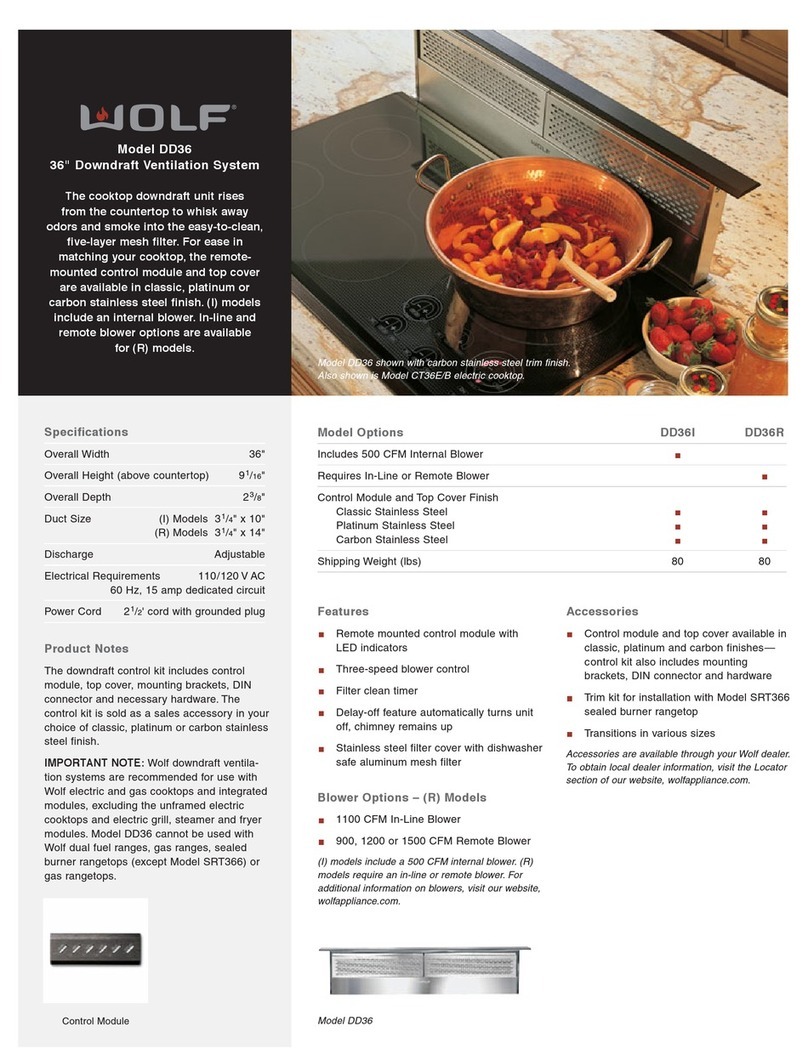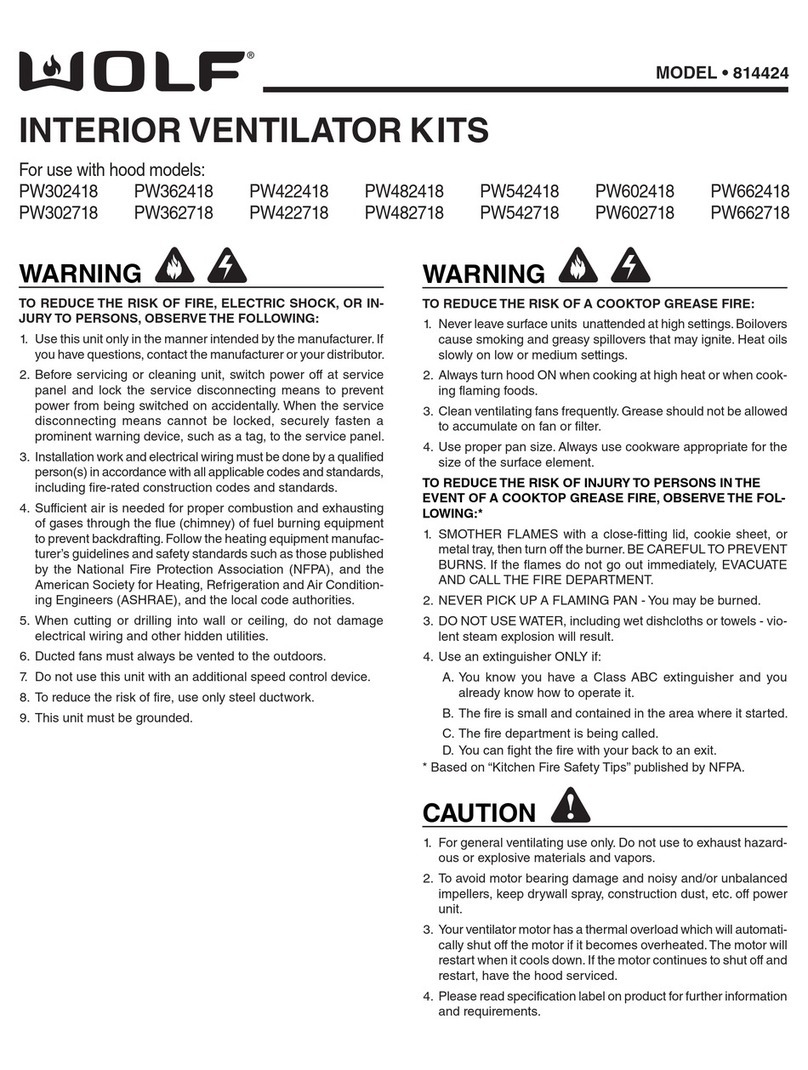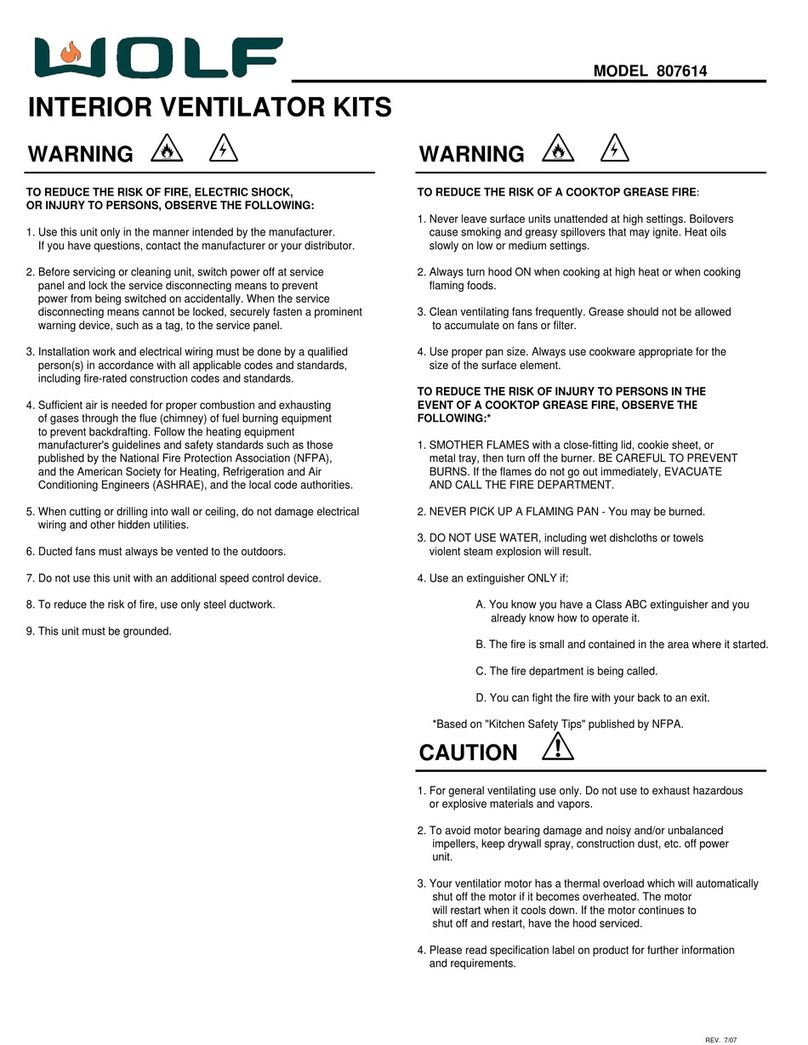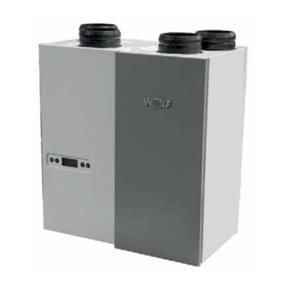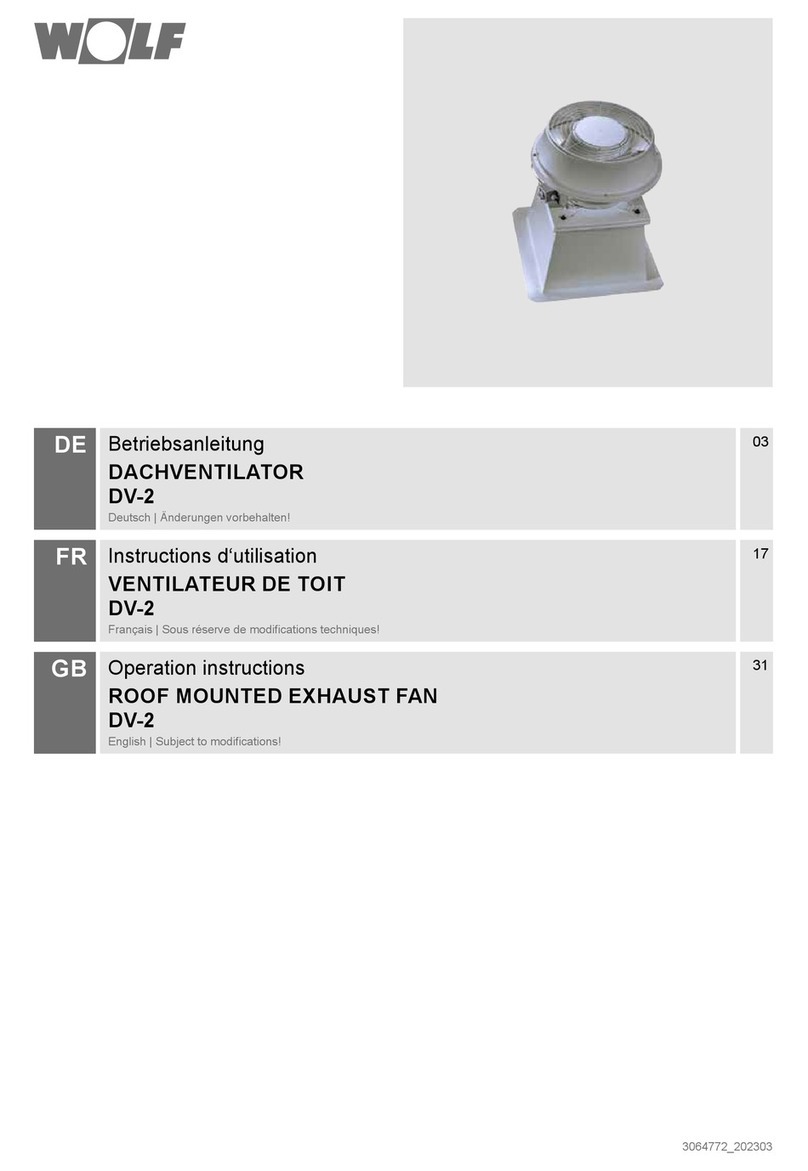
MODELO 812307
Página 7
ADVERTENCIA
PARA REDUCIR EL RIESGO DE INCENDIOS, DESCARGAS
ELÉCTRICAS O LESIONES A PERSONAS, RESPETE LAS
SIGUIENTES PRECAUCIONES:
1. Use esta unidad sólo de la manera indicada por el fabricante. Si tiene
preguntas, póngase en contacto con el fabricante o su distribuidor.
2. Antes de realizar servicio a la unidad o de limpiarla, interrumpa el
suministro eléctrico en el panel de servicio y bloquee el medio de
desconexión de servicio para evitar que la electricidad se reactive
accidentalmente. Cuando no sea posible bloquear el medio de
desconexión de servicio, je rmemente una señal de advertencia,
como por ejemplo una etiqueta, en un lugar visible del panel
de servicio.
3. El trabajo de instalación y el cableado eléctrico debe ser realizado
por una o más personas calicadas, de acuerdo con todos los
códigos y normas correspondientes, incluidos los códigos y normas
de construcción especícos de protección contra incendios.
4. Se necesita suciente aire para que se lleve a cabo de manera
apropiada la combustión y extracción de los gases a través del tubo
de humos (chimenea) del equipo quemador de combustible, con el n
de evitar el contratiro. Siga las directrices y las normas de seguridad
del fabricante del equipo de calefacción, como las publicadas por
la Asociación Nacional de Protección contra Incendios (National
Fire Protection Association, NFPA), y la Sociedad Estadounidense
de Ingenieros en Calefacción, Refrigeración y Aire Acondicionado
(American Society for Heating, Refrigeration and Air Conditioning
Engineers, ASHRAE), y las autoridades de los códigos locales.
5. Al cortar o perforar en la pared o el techo, tenga cuidado de no
dañar el cableado eléctrico ni otros servicios ocultos.
6. Los ventiladores en conductos siempre deben ventilarse hacia
el exterior.
7. No use esta unidad junto con un dispositivo adicional de control
de velocidad.
8. Para reducir el riesgo de incendio, use solamente conductos de acero.
9. Esta unidad debe conectarse a tierra.
PARA REDUCIR EL RIESGO DE UN INCENDIO PRODUCIDO POR
GRASA DE UNA COCINA:
1. Nunca deje desatendidas las unidades de la supercie cuando
estén a fuego alto. Los alimentos en ebullición provocan derrames
grasientos y humeantes que se pueden incendiar. Caliente el
aceite lentamente a fuego bajo o medio.
2. ENCIENDA siempre la campana cuando cocine a fuego alto o
cuando cocine alimentos que puedan coger llamas.
3. Limpie frecuentemente los ventiladores. No permita la acumulación
de grasa en el ventilador ni en el ltro.
4. Use una cazuela del tamaño adecuado. Siempre use utensilios
de cocina que sean apropiados para el tamaño del elemento de
la supercie.
PARA REDUCIR EL RIESGO DE LESIONES A PERSONAS EN CASO
DE UN INCENDIO PRODUCIDO POR GRASA EN UNA COCINA,
RESPETE LAS SIGUIENTES PRECAUCIONES:*
1. APAGUE LAS LLAMAS con una tapa que ajuste bien, una
bandeja para hacer galletas o una bandeja de metal, y después
apague el quemador. PROCEDA CON CUIDADO PARA EVITAR
QUEMADURAS. Si las llamas no se apagan inmediatamente,
EVACÚE EL ÁREA Y LLAME A LOS BOMBEROS.
2. NUNCA AGARRE UNA CACEROLA EN LLAMAS; podría
quemarse.
3. NO TRATE DE APAGAR EL FUEGO CON AGUA ni con trapos o
toallas de cocina mojados, pues ocasionará una explosión violenta
de vapor.
PRECAUCIÓN
1. Sólo para usarse como medio de ventilación general. No debe
usarse para la extracción de materiales ni vapores peligrosos
o explosivos.
2. Para evitar daños a los cojinetes del motor y rotores ruidosos o
desequilibrados, mantenga la unidad de potencia protegida contra
rociados de yeso, polvo de construcción, etc.
3. Su motor de ventilador tiene una protección contra sobrecargas
térmicas que apagará el motor automáticamente en caso de
sobrecalentamiento. El motor reanudará su funcionamiento cuando
se enfríe. Si el motor continúa apagándose y encendiéndose,
solicite servicio para la campana.
4. Lea la etiqueta de especificaciones del producto para ver
información y requisitos adicionales.
JUEGOS DE VENTILADOR EXTERIOR
PLANIFICACIÓN
DE LA INSTALACIÓN
1. Sitúe el ventilador de manera que el largo del tramo de conducto y
el número de codos y transiciones necesarios sea el mínimo.
2. Cuando sea posible, se debe situar el ventilador entre montantes
de la pared o vigas del tejado.
3. Evite las tuberías, cables u otros conductos que puedan pasar por
la pared.
4. Asegúrese de que haya suciente espacio para las transiciones que
puedan necesitarse entre el ventilador y el conducto a conectar.
5. Para un mejor rendimiento, sitúe las transiciones lo más cerca
posible al ventilador.
4. Use un extintor SÓLO si:
A. El extintor es de Clase ABC y ya sabe cómo hacerlo funcionar.
B. El incendio es pequeño y está connado al área en la que se
inició.
C. Se está llamando al Departamento de Bomberos.
D. Puede combatir el incendio si hay una salida detrás de usted.
* Basado en “Kitchen Fire Safety Tips” (Sugerencias para la seguridad
contra incendios en la cocina) publicado por NFPA.
APARATO CON CABLE ESPECIAL
¡Cuidado!: este aparato tiene un cable de alimentación preparado de
manera especial; si se daña el cable debe ser sustituido por un cable o
por un conjunto especiales, disponibles en fábrica o en su organización
de servicio posventa.


